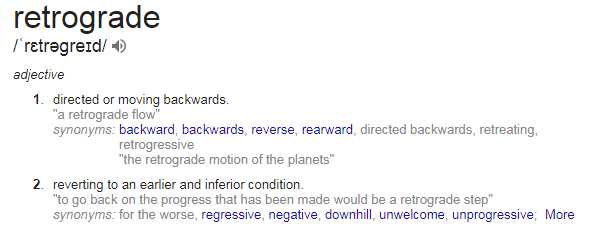Poster Research
The Importance of Posters
Among other factors, marketing campaigns play a critical role in determining the success of a film. Film posters make up a large part of the marketing of a film for many reasons. Firstly, they can serve as the first glimpse an audience gets of a film; they catch their attention and intrigue them. They provide context to the audience: snippets of information that allow the audience to do follow up research into the film based on their initial response to the poster. They're quick and easy to read and their portable nature makes them perfect for catching people going about their daily lives: audiences don't have to sit down and immerse themselves in a poster like they would a trailer or other marketing techniques, a quick glance is substantial.
Posters are used to advertise a film to a specific group of people, so often they are tailored to appeal to them through the overall aesthetic of the poster.
Types of Posters
Believe it or not, for each film several different posters are made with different purposes. These posters are often released sequentially rather than simultaneously - this helps build excitement and keeps the film relevant for a longer period of time. The main types of posters are as follows:
Several factors can influence the conventions of film posters, for example, the genre of the film and the target audience. However, there are some basic rules that most film posters tend to follow, depending on what type of poster it is. I have compiled a list of the universal conventions and labelled it based on which type of poster it appears on. (M = Main Poster, T = Teaser and D = DVD Poster)
I found a couple of trends in film posters, particularly blockbuster feature films. I compiled these trends into a presentation, which you can view below:
Among other factors, marketing campaigns play a critical role in determining the success of a film. Film posters make up a large part of the marketing of a film for many reasons. Firstly, they can serve as the first glimpse an audience gets of a film; they catch their attention and intrigue them. They provide context to the audience: snippets of information that allow the audience to do follow up research into the film based on their initial response to the poster. They're quick and easy to read and their portable nature makes them perfect for catching people going about their daily lives: audiences don't have to sit down and immerse themselves in a poster like they would a trailer or other marketing techniques, a quick glance is substantial.
Posters are used to advertise a film to a specific group of people, so often they are tailored to appeal to them through the overall aesthetic of the poster.
Types of Posters
Believe it or not, for each film several different posters are made with different purposes. These posters are often released sequentially rather than simultaneously - this helps build excitement and keeps the film relevant for a longer period of time. The main types of posters are as follows:
- The Main Poster: This poster is the final poster released before the film is released in cinemas. This poster gives the most information about the film and its release to the audience
- Teaser Poster: Often referred to as 'the poster for a poster', this poster is released before the main poster. It contains little information and is used to whet the audience's appetite.
- DVD/Blu-ray Poster: This is the poster advertising the film's DVD/Blu-ray release date poster. It may contain information gathered after the release of the film in cinemas, such as reviews.
Several factors can influence the conventions of film posters, for example, the genre of the film and the target audience. However, there are some basic rules that most film posters tend to follow, depending on what type of poster it is. I have compiled a list of the universal conventions and labelled it based on which type of poster it appears on. (M = Main Poster, T = Teaser and D = DVD Poster)
- The poster is designed to attract as large an audience as possible (M, T, D)
- The poster is eye-catching (M, T, D)
- The poster indicates a genre based on its general aesthetic (M, D)
- The poster has a main image/illustration that draws the audience in (M, T, D)
- The poster contains the name of the film (M, T, D)
- The poster contains the release date of the film (M, D)
- The poster lists the cast and/or director/producer (separate from the billingboard) (M, T, D)
- The poster may contain some form of review/rating, either in the form of stars, awards or reviewer quotes (M, D)
- The poster may have a slogan relating to the plot of the film (M, D)
- The poster may have a billingboard with information about the cast and crew (M)
I found a couple of trends in film posters, particularly blockbuster feature films. I compiled these trends into a presentation, which you can view below:

















Comments
Post a Comment